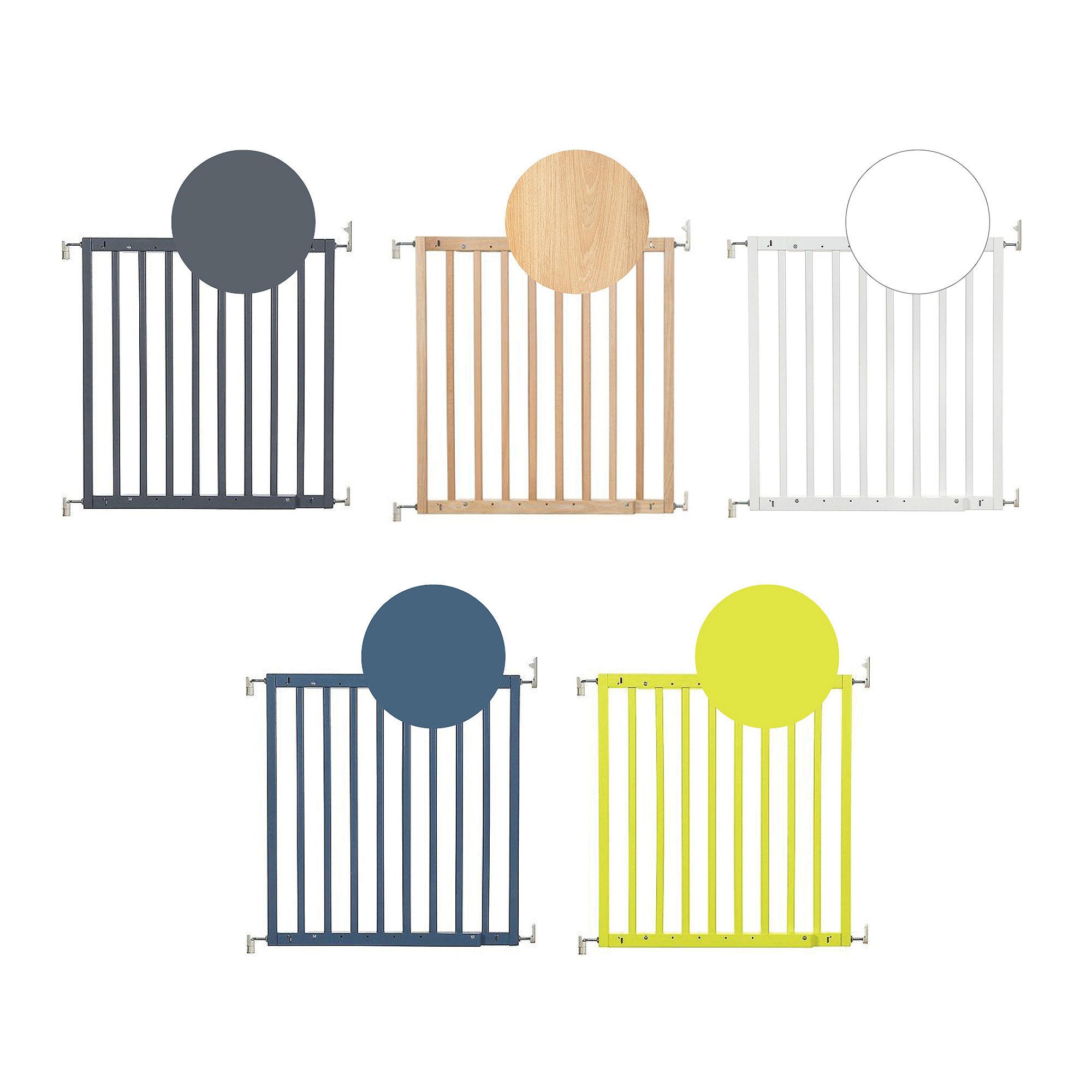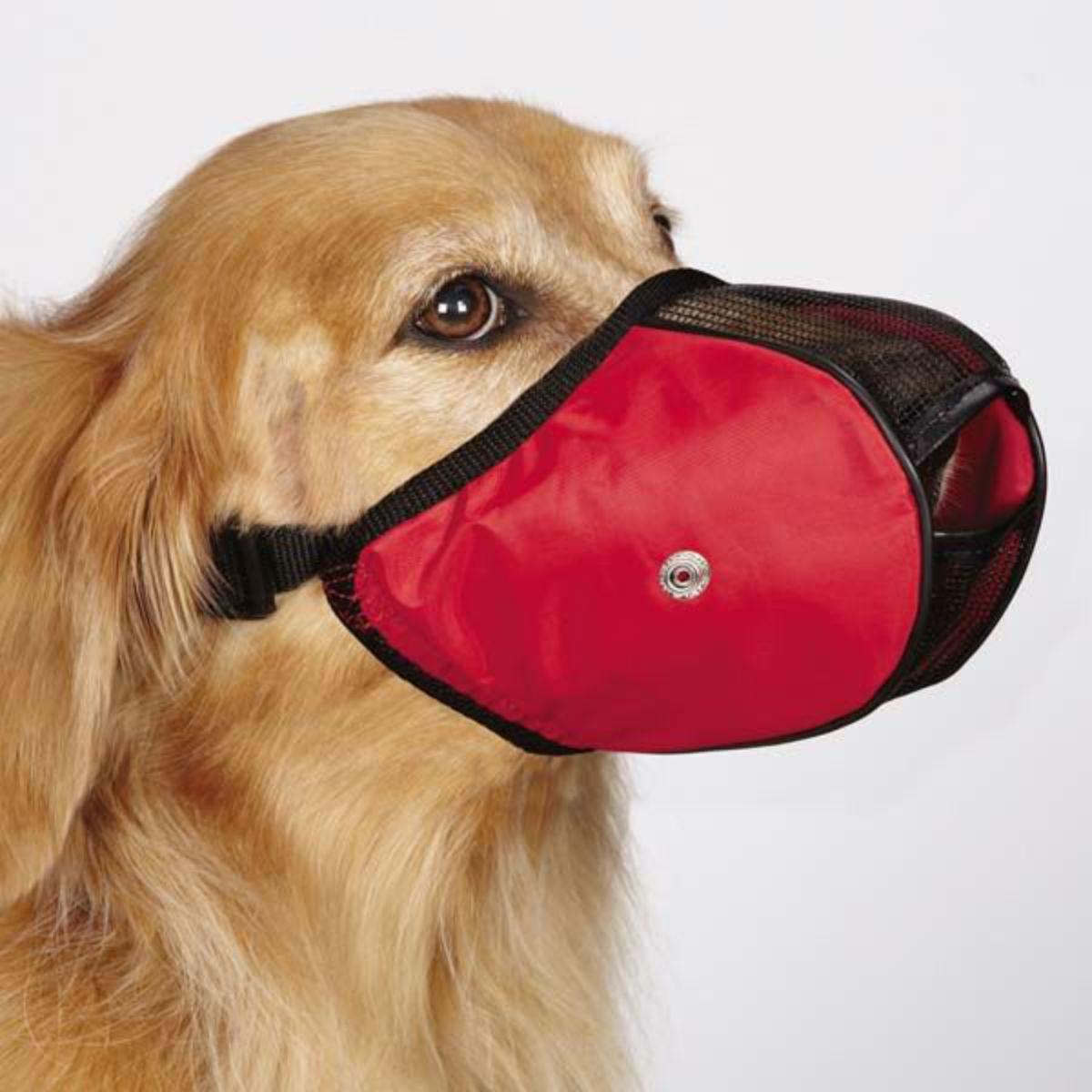It is common for pet owners to buy a second pet to keep their first pet happy. Unfortunately, as sweet as the gesture is, sometimes your first pet has no interest in a brother or sister. Cats and dogs often get accustomed to being the only pets in a household, so bringing in another pet can create jealousy, especially when of the same species.
Before purchasing a second animal, do your research to find compatible pets. For example, if you have a Jack Russel, you want to avoid buying cats or smaller animals because Jack Russels are hunters and may attack the new pet. Still, even when you do your due diligence, the pets may not get along. Before you get rid of either pet, take the time to go through the following tips for safe and often effective introductions.
1. Understand the Behavior
Before you can address the behavioral problems, you need to understand the motivation behind them. For example, is your dog afraid of the new pet, or does it appear angered by it? Fear and anger may present similarly through barking, growling, or hissing, but they are two distinct emotions.
For example, when your dog barks at the new puppy, is its tail tucked between its legs, is it moving away from the animal, or is it low to the ground? These are signs of fear and anxiety. It is likely angry if your dog shows a stiff posture with its weight forward, ears up, hair raised, and enlarged pupils.
For an anxious dog or cat, you can try an anti-anxiety supplement like NaturPet Be Calm Natural Anxiety Relief for Dogs and Cats. Many animals respond positively to the drops, creating a calmer and more welcoming environment.
2. Provide Individual Space
The best way to introduce animals to each other is by providing time and space. Whenever possible, set up a quarantine room for your new arrival. The new pup or kitten can be set up in a spare bedroom, bathroom, or any other available space. It is essential that your existing pet or pets have access to the other side of the door or room barrier, allowing them to sense the new pet and smell its scent.
Allow the puppy or kitten time alone with you so you can bond. Also, after playing or relaxing with the new animal, allow your existing pets to smell you before you play or relax with them. After several days of a door or other barrier denying entry and a visual of the new pet, invest in a pet gate like the Trixie Wood and Wire Freestanding Pet Gate. The gate should allow the animals to see and interact while providing distance and safety.
3. Schedule Individual Play Time
During the transitional time, you still need to give your existing and new pets individual attention. Your current animals need to understand that introducing a new animal will not change how you see or interact with them. Also, the new pet must know you will nurture and care for it. Playtime with the latest pet is especially important for creating a bond.
You can use active or focused play with all of your pets. Active play includes games like fetch and tug-of-war. Focused play is more about teaching new tricks or doing activities that demand your pets’ attention, like hide-and-seek.
4. Use Positive Reinforcement
When you introduce your pets, you want to praise positive behavior. For example, when your new pet is behind a spare room door and your existing pet shows interest, happiness, or excitement, give them affection. When the door is open, and a gate is between the two animals, provide them with a treat to reinforce positive behavior, like sniffing each other through the gate or showing submissive behavior.
When dealing with dogs, consider using healthy, high protein treats like Tuesday’s Natural Dog Company 95% Chicken Training Bites Dog Treats. The rich flavor entices the dog’s appetite and encourages obedience because the animal wants another taste. Along with treats, you can use affection and play to reward positive or preferred behaviors.
5. Desensitize and Socialize
When the new pet is ready, you can remove the gate and let them roam the house. It is best to lock your other animals up and give the new pet a few minutes to explore independently. Once it has had time to adjust to the extra space, let your other pets out, one at a time. It is wise to use the Pet Life Helios Journey Wander Chest Compression Dog Harness and Leash and Guardian Gear Fabric Mesh Dog Muzzle to reduce the risks of violent interactions. The leash, harness, and muzzle give you control over your existing pets and limit risks to new puppies or kittens. If you are dealing with two older animals, it is wise to leash, harness, and muzzle both until after introductions.
Sometimes, it might be necessary to use crates, like the Midwest Ultima Pro Double Door Dog Crate, to give the animals more time to get used to each other. If you will use crates, do so minimally and consult a training professional. Crate training and introductions can hurt the bond between pets and pet owners. Still, they are sometimes necessary for everyone’s safety.
You can consult a trainer or other pet professional if all else fails. In most cases, however, the above tips will ensure a safe and happy introduction between pets. Remember, the key to successful introductions is control and pace. Control the spaces and keep the process slow.













